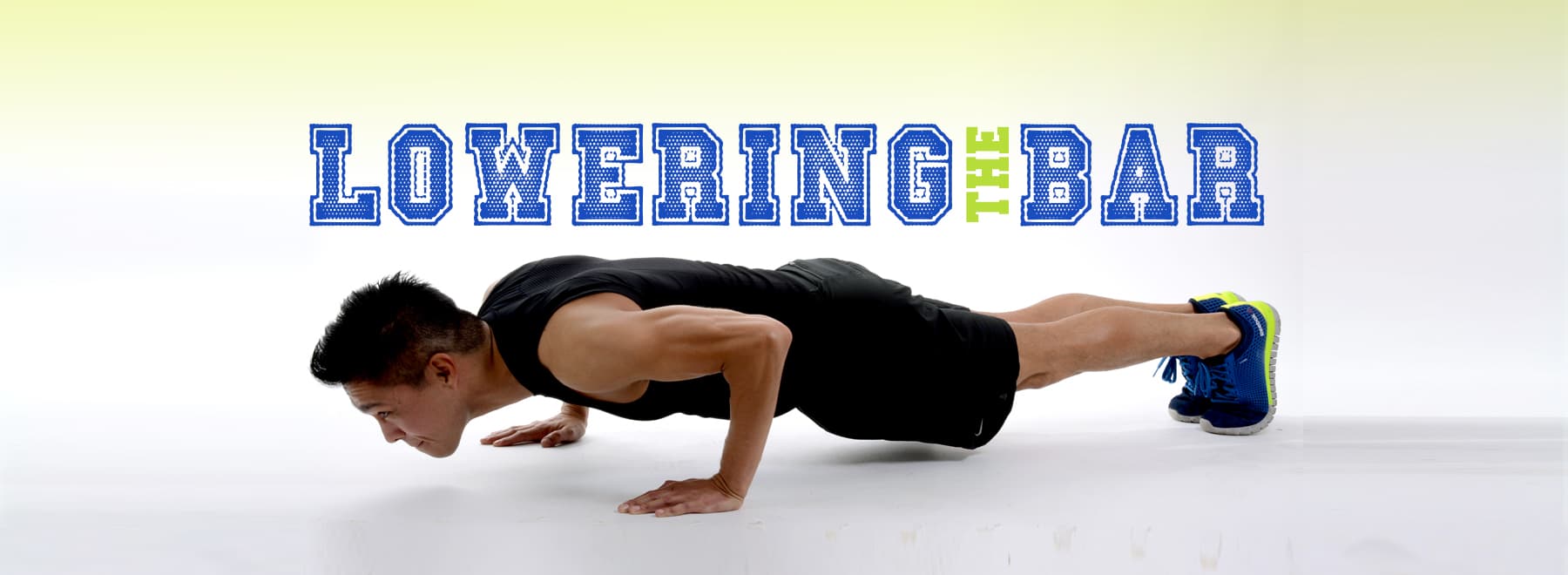Revised DHHS guidelines underscore physical activity’s importance
NOTE: This article originally appeared in the January 2019 issue of CONSULT, UMMC's monthly electronic newsletter. To have CONSULT, and more stories like this, delivered directly to your inbox, click here to subscribe.
Federal guidelines for physical activity used to indicate unless it lasted 10 or more minutes, a bout of exercise didn’t count toward meeting the recommended guidelines.
It looks like people won’t run into that requirement again.
The U.S. Department of Health and Human Services now says any movement counts toward the 150 minutes of moderate-to-vigorous aerobic activity adults should complete each week, including muscle-strengthening activities HHS recommends two days each week.
Briskly bounding up a flight of stairs instead of taking the elevator counts – Individuals can time it on their smartphones and build it into those 150 minutes.
“The new guidelines demonstrate that, based on the best science, everyone can dramatically improve their health just by moving, anytime, anywhere, and by any means that gets you active,” said Adm. Brett Giroir, assistant secretary for health, in an HHS news release. “That’s why we need to come together as a nation to get Americans moving.”
But are the new guidelines, revised for the first time since 2008, lowering what some might see as already low expectations for exercise? Is just moving enough?
The new thinking isn’t giving Americans a pass on exercising, said Dr. Joshua Mann, professor and chair of the preventive medicine at the University of Mississippi Medical Center. Rather, he considers it a possible reaction to recent studies showing the perils of being sedentary.
“I wouldn’t say it’s watering it down,” Mann said. “It’s clarifying, especially in light of all the research on remaining seated for too long. Any kind of activity is the opposite of being seated.”
Here’s one way Mann looks at the old 10-minute exercise guideline: “This morning, I ran on the treadmill for a mile and a half and it took me 9 minutes and 32 seconds,” he said. “That’s a pretty good pace. But under the old guidelines, it wouldn’t count because it was under 10 minutes.”

According to the Stanford Center on Longevity, a research arm of Stanford University, “sedentary behavior science” is fast becoming a well-recognized branch of physiology research. The broad definition of sedentary is simply sitting instead of being active.
Being too sedentary increases risk of obesity, impaired blood flow and chronic conditions such as stroke, dementia, diabetes, renal disease and peripheral artery disease, according to the Stanford Center on Longevity.
The new guidelines advocate 60 minutes of exercise daily for youths ages 6-17. For the first time, the guidelines address children ages 3-5: They should spend a target of three hours daily in activity of all intensities, such as throwing games, bicycle or tricycle riding, hopping, skipping, jumping and tumbling. The goal, according to HHS, is to improve bone health and avert obesity, in addition to enhancing growth and development.
“There are so many things that conspire against kids getting activity,” Mann said. “It’s parents’ work schedules, daycare, electronics. There are a lot of logistical challenges to kids having enough free time to exercise. And don’t forget TV.”
He said it’s important to remember that the guidelines, for all ages, are minimums. His advice: Get out of the chair, get moving and don’t think 150 minutes a week is all that is needed to maximize good cardiovascular health.
“The new guidelines also recommend strength training,” Mann said. “We tend to fixate on the aerobic activity and forget about the importance of strength training.”
During the workday, “get up periodically, even if it’s standing at your desk or walking around the office – anything to cut into the cumulative sedentary time,” he said. “This can help decrease mortality.”
Susan O’Bryan, web content coordinator in the Division of Information Systems, takes that advice to heart. As a diabetic, she said she knows that intentional movement is vital to her health. She said she tries to go to the gym two or three days a week for Zumba, water aerobics or water Zumba.
“I rely on my FitBit to remind me to at least try to get in 250 steps an hour,” O’Bryan said. “The layout of the DIS office allows me to get in my steps. When you check your FitBit at the end of the day, it’s amazing how much activity you can get in without really trying or going out of your way.”
“Some people have a computer that sits on a platform that they can raise up and work while standing,” Mann said. “A lot of areas at the Medical Center are bringing those in.”
Pam Peeples is among a large handful of people in her work area who uses a standing desk.
“I’m a big proponent,” said Peeples, an executive assistant in the office of Dr. LouAnn Woodward, UMMC vice chancellor. “I’ve been doing it for five years. The trick is for me not to overstand during the day.”
If a small group of people have a meeting, Mann suggests, “instead of sitting around a table, walk around the hall or outside. If you’re going to be sitting for a while, consider having a timer go off every 30 minutes to an hour to remind you to stand up and move.
“The bottom line is that it’s not so much about the amount of time you spend being active. It’s cutting into your sedentary time.”



